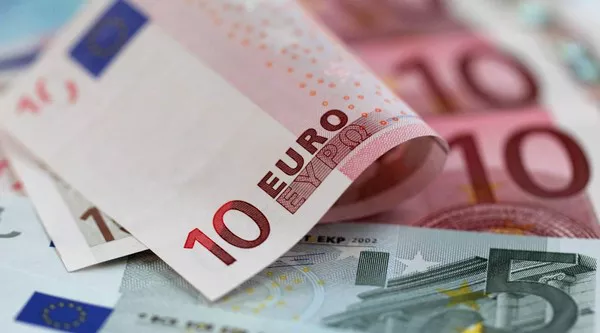The EUR/JPY currency pair experienced a significant intraday shift, plummeting approximately 450 pips from its peak, which was the highest level since August 16, reached earlier on Friday. This decline brought the spot prices to a new weekly low during the early part of the European session, although it found some support around the psychological barrier of 159.00.
The Japanese Yen (JPY) strengthened against other currencies following the election of former Defense Chief Shigeru Ishiba as the new leader of the ruling Liberal Democratic Party (LDP), marking his fifth attempt to secure the position of Prime Minister. Ishiba’s election was welcomed by JPY investors, particularly since he has been critical of the Bank of Japan (BoJ) for its rapid interest rate hikes. This development was a significant factor behind the initial sharp drop in the EUR/JPY pair.
The downward momentum intensified with the release of disappointing consumer inflation figures from France and Spain. The preliminary data from France’s statistics agency INSEE indicated that consumer prices increased less than expected, with the harmonized inflation rate rising by 1.5% year-on-year in September, a decrease from 2.2% in the previous month. Similarly, Spain’s flash indicator showed its Consumer Price Index (CPI) slowed to a 1.5% year-on-year rate, down from 2.3% in August.
These softer inflation figures reinforced market expectations of at least a 25 basis points (bps) interest rate cut by the European Central Bank (ECB) at its upcoming policy meeting in October. This weighed heavily on the euro, contributing to the decline of the EUR/JPY pair. Conversely, core inflation in Tokyo aligned with the BoJ’s 2% target in September, which, combined with an overall risk-on sentiment, limited further gains for the safe-haven JPY and allowed the EUR/JPY to rebound slightly to the 159.40-159.50 range.
Despite this rebound, investors are still contemplating the possibility of another rate hike by the BoJ by the end of the year. This outlook favors the JPY bulls and suggests a potential continuation of the EUR/JPY’s downward trajectory. From a technical standpoint, the recent formation of a ‘Death Cross’ on the daily chart—where the 50-day Simple Moving Average (SMA) crossed below the critical 200-day SMA earlier this month—further corroborates the bearish sentiment and indicates the likelihood of continued losses for the pair.
Related Topics:




























